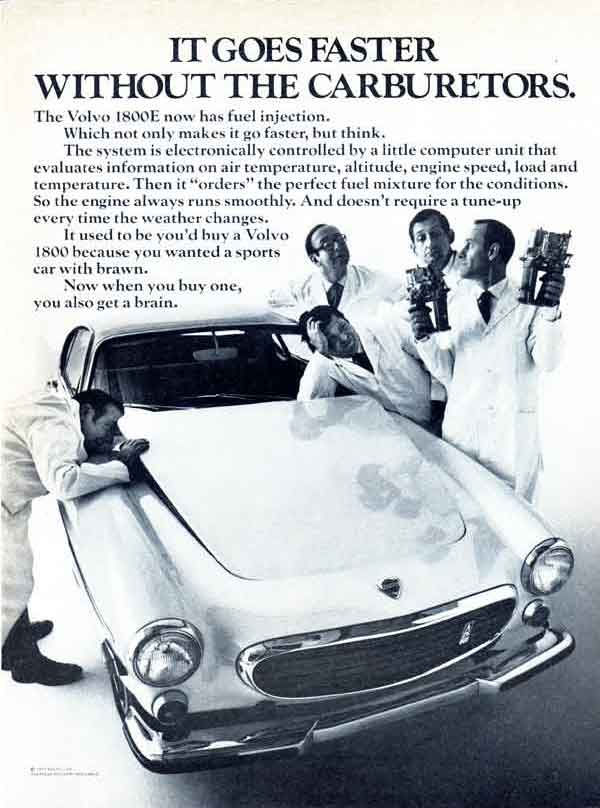
The D-Jetronic was the first electronic injection system to be installed on a large scale after its launch in 1967. The first production vehicle was the VW 1600 LE/TLE. By 1972, 18 car manufacturers were already using this technology to reduce fuel consumption and pollutant emissions from their engines.
At first, electronic fuel injection was not yet an alternative to a carburettor system, but the technology quickly developed so that only a few years later a successor system was available which could be produced more cost-effectively. And at the end of the 1980s, only a few vehicles were still equipped with carburettors.
Robert BOSCH GmbH developed the injection system, produced and delivered the components to the automotive industry. Initially the system was still called "Jetronic", the designation "D-Jetronic" was later introduced to distinguish this system from subsequent developments (K-, L-, LE-, LH-Jetronic, etc.).
Vehicles with test systems had been running since 1959, and large-scale systematic testing on a large number of vehicles began in 1966, with test series covering a total distance of over 2,000,000 kilometres.
It was shown that the entire injection system achieved running times of more than 100,000 kilometres without the need to replace any components and without night-time adjustment. Only the fuel filter should be replaced at regular intervals.
After its introduction, the injection system was further developed, improved and adapted to a range of powerful four-cylinder and six-cylinder engines. By refinement of the control system, the emission of unburned exhaust gas components was further reduced and driving behaviour improved.








